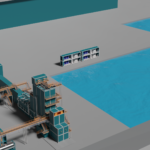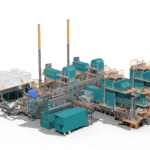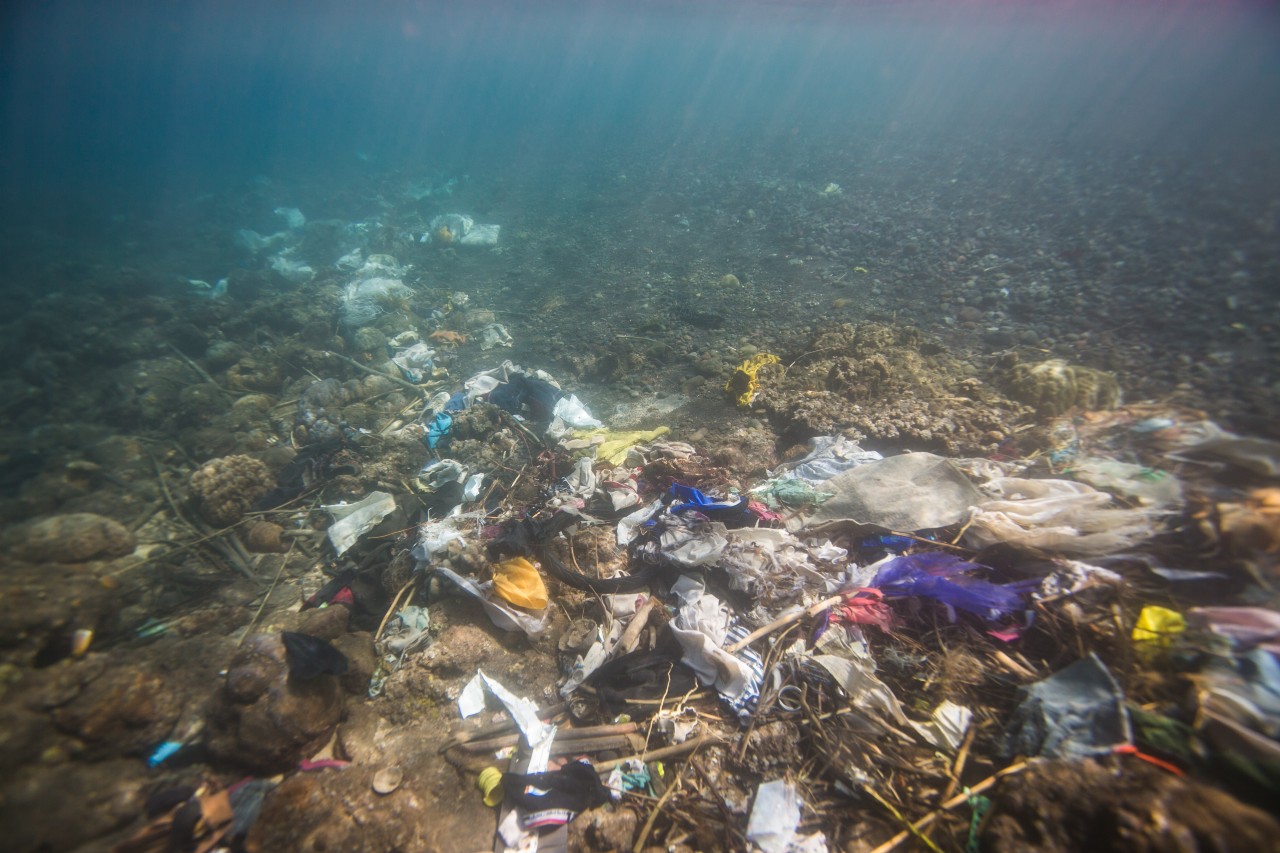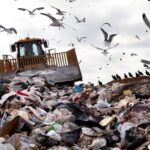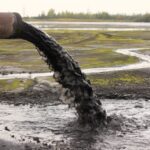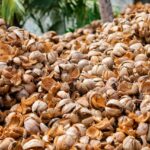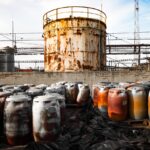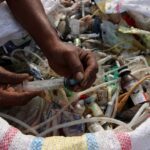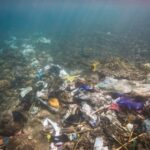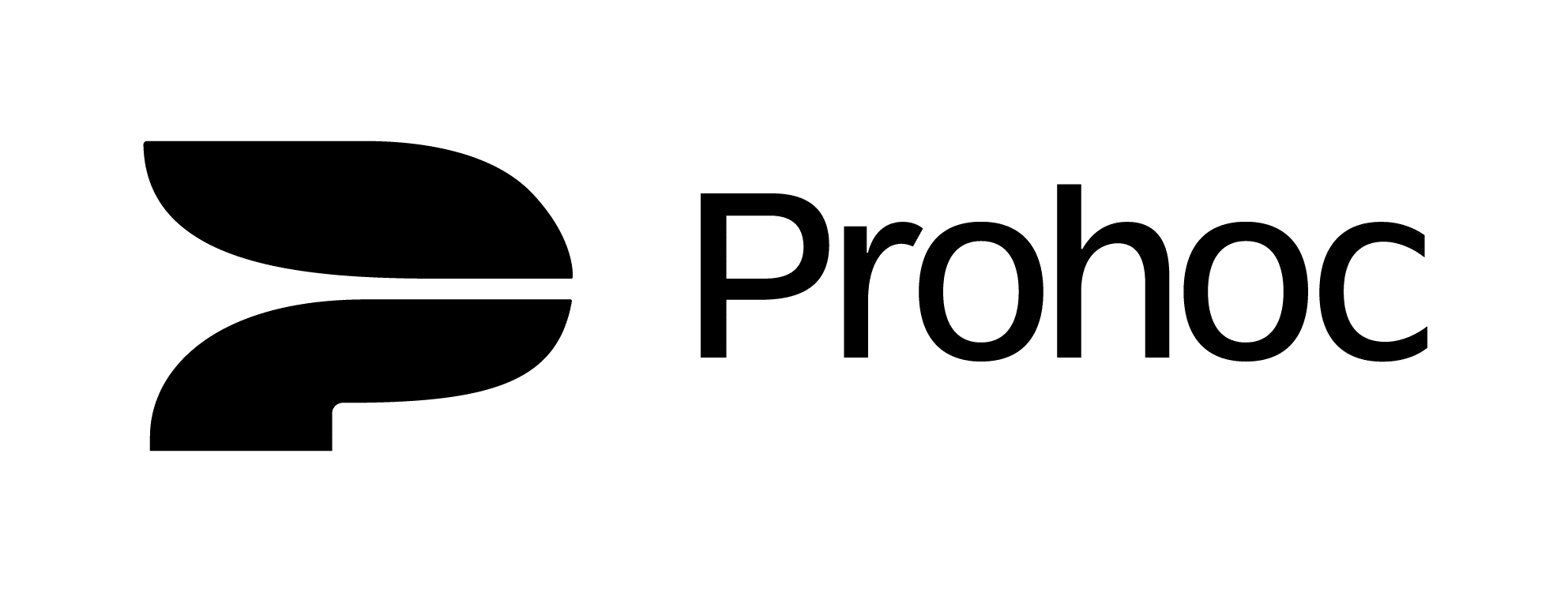The modular, pre-engineered and pre-fabricated wasteWOIMA® waste-to-energy power plant is WOIMA’s answer to mitigating waste-induced challenges and offering base-load power generation capacity using locally abundantly available fuel, i.e. waste. Combined with other circular economy solutions, such as recycling and “green” fuel production, it offers a sustainable route towards a carbon-neutral economy, zero landfilling, protection of the natural environment, efficient use of natural resources and better social equality. The wasteWOIMA® power plant is a multi-fuel solution capable of accepting a wide variety of waste fraction for incineration. Its high level of flexibility allows for large variations in the quality, quantity and composition of the waste fuels.
Waste fuels, often referred to as “alternative fuels,” are generally produced from municipal solid waste (MSW), industrial, commercial and institutional wastes (ICI), as well as construction and demolition waste (CDW). Common types of alternative fuels are refuse-derived fuel (RDF), refuse-engineered fuel (REF) and solid recovered fuel (SRF). However, this is not the only usable classification. Solid waste management typically divides waste into six categories, each having its own potential in power generation and, in particular, in waste reduction, reuse and recycling in accordance with the 3R principle. These categories are
1 Municipal Solid Waste (MSW)
2 Industrial Waste (IW)
3 Construction and Demolition Waste (CDW)
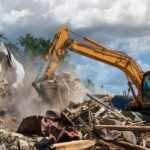
4 Agricultural Waste (AW)
5 Hazardous Waste
6 Bio-medical Waste
7 Ocean plastic waste
One recent highly publicized waste challenge has been the plastic waste in our waterways. Streams and rivers are carrying millions of tons of waste of all types into lakes and oceans. Over 10 million tons of plastic waste finds its way into our oceans every year. This corresponds to the weight of 700 billion plastic bottles, enough to fill 140,000 Olympic size swimming pools. Or cover the whole Yellowstone National Park with one layer of bottles. It is estimated that there will be more plastics than fish in our oceans by the year 2050.
In this waste reduction and power generation context, landfill gas (LFG) can also be considered a “waste fuel”. LFG is a by-product of the anaerobic degradation of biodegradable waste matter in landfills and dumpsites. It consists mainly of methane (CH4) and carbon dioxide (CO2) and is responsible for roughly 10% of the greenhouse gas emissions globally.
In 2019, about 64 billion tons of waste was generated globally, of which more than 40 billion tons are various sludges and over two billion tons is MSW, the most widely available waste fuel for the wasteWOIMA® power plant. This number is growing by close to 10% annually and in emerging countries even faster. Up to half of the waste can be recycled into raw materials, while the other half is more efficient to recycle into energy; electricity, heat, fuels, etc. Recycling 50% of the annually generated waste into energy could produce up to 15,000 TWh of base load power per year. It is equivalent to about 9% of world energy production (5,000 TWh and 3% respectively for solid waste streams, mainly MSW, ICI, CDW and AW).
Due to the heterogenous nature of the waste streams and the variable environmental conditions where waste is generated, a simple and robust solution is required for efficient and scalable operations. The wasteWOIMA® power plant is based on the proven grate combustion method that adapts easily to different types of solid waste streams. It combines the best available techniques (BAT) in waste-to-energy generation and extracts the maximum amount of value out of the waste, while protecting the environment from harmful emissions.
The wasteWOIMA® power plant rides on the recent trend towards smaller and decentralized solutions. It adapts to the needs of customers of different sizes; from small urban / neighbourhood solutions to megapolis waste challenges. Smaller size equals smaller footprint and faster project delivery solving the problem today instead of tomorrow. It also enables plant relocation if and when needs and requirements change.
This wasteWOIMA® fuels blog series looks at the availability and usability of the different waste streams in power generation. It also addresses the challenges posed by each waste stream.
READ WASTEWOIMA® BROCHURE
FIND OUT MORE ABOUT WASTEWOIMA TECHNICAL SOLUTIONS
CHECK YOUR WASTE CHARACTERISTICS
CONTACT US
WOIMA Corporation is a Finnish supplier of best-in-class waste-to-value products, projects and services worldwide. We have developed solutions that enable us, and the customer, to transform and recycle virtually any waste stream into raw materials and energy. At WOIMA we combine Finnish engineering know-how in waste management with power generation design expertise. These solutions are used in Finland every day. They support the circular economy ideology and ensure that less than 1% of Finland’s waste ends up in landfills.
Our mission is to improve quality of life both locally and globally, as well as empower people to utilize waste as a commodity. Our decades of international project management experience ensure an on-time, in-budget and high-quality WOIMA solution delivery across the globe.

